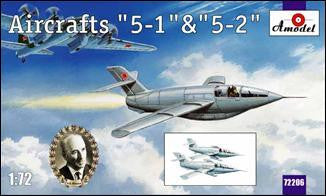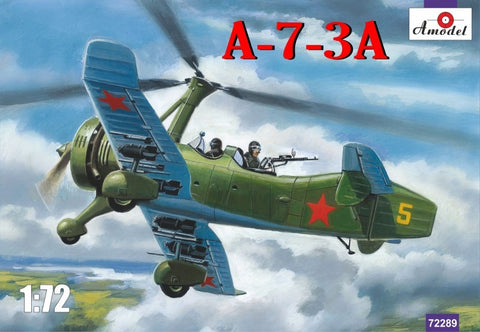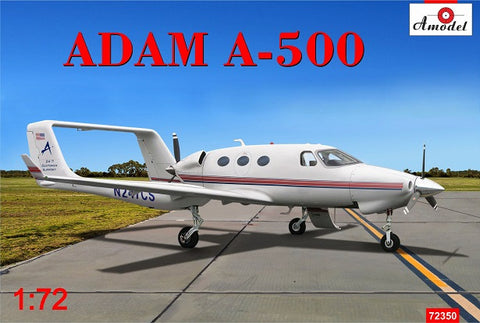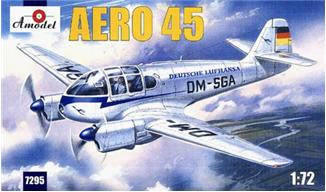
Roden Aircraft 1/72 Albatros D III WWI German BiPlane Fighter Kit
This Product Usually Ships In 2-3 Business Days
ROD-12The appearance of the Albatros D.III was closely influenced by the latest French designs, in particular Nieuport. Of course, Nieuport fighters were not true biplanes but "sesquiplanes" (ie. 1 ½ wings). The lower wing was built around a single spar, and the chord of the lower wing was narrower in comparison with the upper wing. Robert Thelen and the Albatros designers completely rebuilt the wing cellule; all others elements of the Albatros D.II (fuselage, tail unit, undercarriage) were still in place. Only the interplane struts received a new configuration: parallel struts were replaced by V-struts.
Some aspects of performance, like maneuverability and climb, increased, but speed was unchanged. The power of the Mercedes D.IIIa engine was now rated at 160 h.p., but this was not enough. Teeves & Braun replaced Windhoff side radiators, retained on many D.IIs, with an installation on the wing.
The first mass-production aircraft reached the Front in December 1916, and were greeted with enthusiasm by many pilots. But very soon many of the aircraft crashed: the lower wing had a tendency to collapse in excessive maneuvers. Even Manfred von Richthofen almost fell victim to this fault on January 24th 1917, but he was fortunate enough to effect a hurried forced landing. He changed his Albatros for a Halberstadt D.II, but one month later he again returned to the cockpit of the Albatros. Despite the problem with the lower wing, the Albatros D.III was still the best German fighter in the first half of 1917 and superior to any Allied fighter. "Bloody April" of 1917, when Great Britain lost 151 aircraft on Western Front (Germany lost 30), led the Allies to seek an adequate answer to the Albatros D.III.
Production of the Albatros D.III increased from month to month: in March 1917 137 were in service at the Front, 327 in May, and 446 in November of the same year. The parent plant of Albatros Flugzeugwerke, situated in Johannistahl, built 500 fighters of this type, and the branch factory OAW in Schneidemuhl built an additional 840 aircraft. The OAW fighter was distinguished from the original D.III by the rounded edge of the rudder. Even when the more modern Albatros D.V appeared, production of the D.III was not stopped; many D.IIIs were still in service until the last days of the war.
The Albatros D.III did not only serve on the Western Front. Many fighters were sent to the Italian Front and Palestine. The warmer climate of Palestine required better engine cooling, and as a result, one more radiator was installed on the wing. But the Albatros D.III was not as successful in this theater as in France.
The first half of 1917 was the "star time" for the Albatros D.III. The introduction of the British S.E.5 and French Spad S.7 immediately made it obsolete. But at the end of 1918, when the Fokker D.VII dominated in the sky, many Albatros D.IIIs were still defending the air space of Germany.










